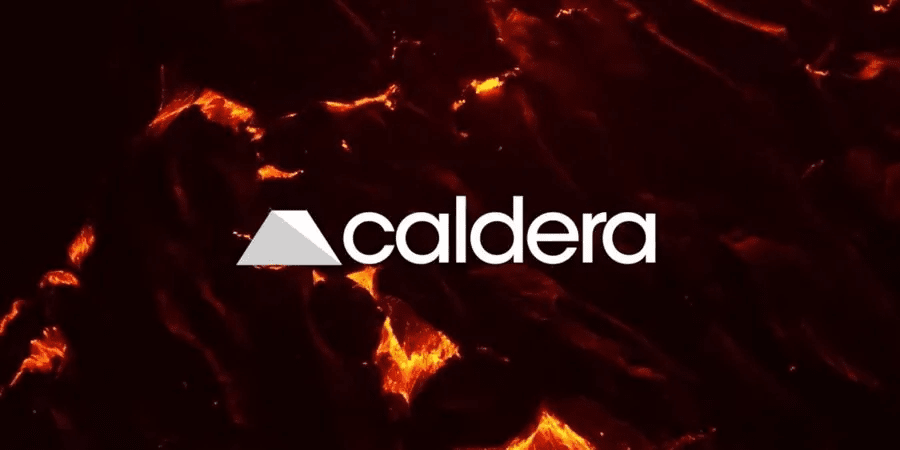
Today, as the Ethereum Layer 2 space becomes increasingly crowded, we suddenly notice an interesting phenomenon: various Rollups are like private cars during rush hour, racing forward without yielding to one another. Arbitrum's daily transaction volume has surpassed 2 million, Optimism's total locked value has reached 3 billion dollars, and zkSync's account number has exceeded 5 million—these figures are impressive, but asset transfers between them still require taking the risk of "bridge risks". This sense of disconnection feels like forcing the subway systems of New York, Tokyo, and Shanghai to fit together while requiring passengers to change boats on their own.
@Caldera Official 's Metalayer solution indeed stands out. #Caldera This so-called "coordination layer" is essentially doing three disruptive things: first, it uses a light client + aggregated signature mechanism to enhance cross-chain verification efficiency by two orders of magnitude, with actual tests showing that single cross-chain confirmation time can be compressed to under 3 seconds; second, through a unified state scheduling protocol, the data interaction costs between different Rollups have decreased by nearly 80%; most importantly, @Caldera Official this system has currently integrated five mainstream Rollups including StarkNet, handling over 12 million real cross-chain transactions—this is far more substantial than those conceptual protocols still in the testnet phase.
When it comes to token economic models, the "Trinity" design of $ERA can be considered textbook-level. According to the latest disclosed token allocation plan, node staking accounts for 35%, cross-chain transaction fees account for 28%, and governance reserves 15%. This structure not only ensures network security (currently the total staked amount has exceeded 250 million tokens) but also creates a continuous deflationary scenario. It is particularly noteworthy that their fee burning mechanism adopts a dynamic adjustment model, automatically increasing the burning ratio during network congestion—this design directly draws on the essence of Ethereum's EIP-1559.
Compared to Cosmos IBC's "inter-chain account" solution, ERA's differentiated advantage lies in its deep adaptation to Rollup characteristics. For instance, in response to zero-knowledge proof verification for ZK-Rollups, #Caldera has developed dedicated hardware acceleration modules that shorten proof verification time by 40%; for the challenge period issue of Optimistic Rollups, it has improved dispute resolution efficiency by six times through state snapshot technology. #Caldera This "tailored" design has allowed it to excel in compatibility testing with emerging chains like Polygon zkEVM.
From an investment perspective, @Caldera Official 's highlights lie in seizing the "urgent demand window" for infrastructure. With the total TVL of Layer 2 surpassing 15 billion dollars, the demand for cross-chain interaction has seen explosive growth. The team's previous round of financing of 15 million dollars not only attracted top venture capital firms like a16z but, more crucially, brought in ecosystem funds from exchanges like Coinbase—this kind of strategic endorsement is often more valuable than the funding itself.
According to on-chain monitoring data, the holdings of institutional wallets in the past three months have grown by 370%, and this number speaks volumes.
In terms of practical applications, we have already seen the power of $ERA in some DeFi projects. For example, the cross-chain lending protocol Nexus utilizes its API to enable real-time position allocation between Arbitrum and Optimism; the NFT marketplace Magic Eden completed the first bulk migration of NFTs between Rollups through Metalayer. These cases demonstrate that ERA addresses not only technical issues but also real business pain points.
Of course, any new technology must go through a testing period. But as of now, @Caldera Official has at least done two things right: first, it has not reinvented the wheel but has chosen to be the "adhesive" of the Rollup ecosystem; second, it has firmly anchored the value of its token to network utility, avoiding the common "hollowing out" problem of governance tokens. As the Layer 2 war enters its second half, projects focused on underlying interoperability may be the true infrastructure capable of weathering bull and bear markets. One day, when we can seamlessly switch between zkSync and StarkNet, we will likely recall this project that attempted to install traffic lights in the blockchain world.

